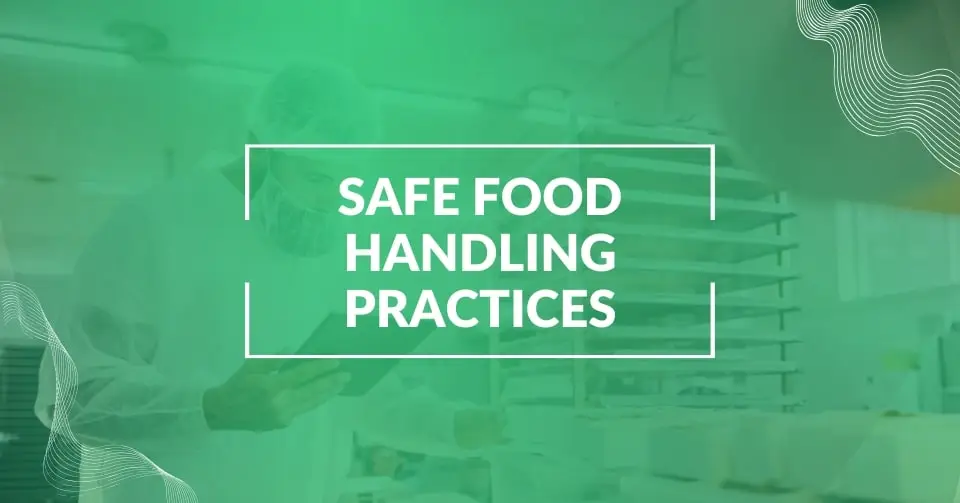Are new to food production and food safety? One food safety term that you will see over and over again are the words “kill step”. Sounds scary you say? Not so scary, but oh so necessary. A kill step is a hazard control in a HACCP plan.
HACCP plans are often your first and best food safety system you should have in place. FoodReady food safety software, HACCP plan builder and food safety consultants can help you create a HACCP plan for your food process.
Try it out today!
Different Types of Kill Steps
A kill step refers to a part of food processing that kills bacteria. The not so big baddies that can make us sick.
Different Kill Steps
Cooking
A good example of a kill step is cooking meat to a minimum temperature to kill bacteria like salmonella. There are specific temperatures and amounts of time at those temperatures that are required to kill these pathogens. For instance, chicken meat must be heated to an internal temperature of °165 to kill salmonella.
Freezing
Sushi is delicious right? I prefer sushi that has been made from previously frozen fish, because parasites are killed in fish that have been frozen for a period of at least 7 days.
Pasteurization
Heating food or liquid to destroy unwanted microbes. We have pasteurized milk to prolong shelf life of milk and kill unwanted microbes that make humans sick.
Chemicals
Produce is washed in special anti-microbial chemicals so people can consume raw produce and not become ill.
Some special processing like vacuum sealing food does not always use a kill step, but instead relies on pristine sanitation a tight vacuum air seal to keep bacteria out and limits how much bacteria can grow due to lack of oxygen.
Foodready is a food safety software and consulting company. Our software has a HACCP builder, food traceability, you can create your own checklists to manage your HACCP plan or track other items, ingredients, tasks, or events. With our Enterprise program you will have access to food safety quality assurance consultants who can help you with GFSI, SQF, GMP, SOP, BRC, CGMP, HACCP, gap analysis, or prepare for audits like the Costco audit, the Whole Foods audit, Publix audit, Kroger audit, Safeway audit, Meier audit, HEB audit and more.
FAQs
Critical limits for a kill step are based on scientific research and regulatory standards that define the minimum or maximum value to which a physical, biological, or chemical parameter must be controlled at a CCP to prevent, eliminate, or reduce food safety hazards to an acceptable level. For example, cooking poultry to an internal temperature of 165°F (74°C) to effectively kill Salmonella.
While kill steps are designed to significantly reduce or eliminate pathogens to safe levels, not all pathogens may be completely eradicated. The effectiveness of a kill step depends on multiple factors, including the type of food, the specific pathogen, and the conditions applied during the kill step (e.g., temperature, time). Some spore-forming bacteria, for example, may survive pasteurization but are unable to grow in the finished product due to other control measures in place.
Yes, a HACCP plan can include multiple kill steps, depending on the complexity of the food production process and the variety of hazards identified. Different stages of processing might require different kill steps to address specific hazards associated with those stages.






